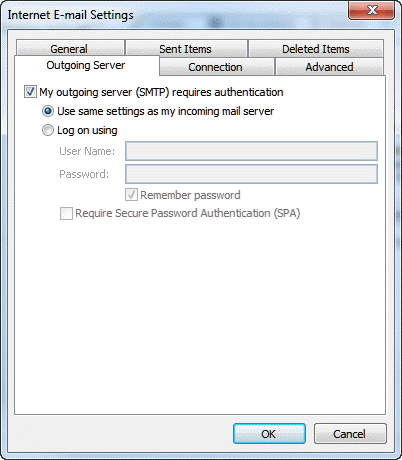I recently started using iCloud on my iMac and iPad. I am using pop.cox.net for email on my iMac using the Mac mail application. Since I started using iCloud, I can't send email through my cox.net account. I receive email as before, but can't send it using the cox outgoing mail address. I can only send my email if I switch to my iCloud account. I have setup the iCloud account as per the Apple instructions with a different email address and can send and receive mail on that account.
Other people that use my iMac have cox.net email systems that don't include the iCloud and their mail works as normal.
When I try to send email on my cox.net I get a message saying that it can't use the cox outgoing mail address(smtp.cox.net) and if I switch to the (smtp.mac.com) address, I still can't send the email. I have to switch to the iCloud account to send the email. I have tried going into my mail preferences and make things correct, but I can't get around this problem.

I am unable to sync my cox.net email account onto Outlook 2011 on my Macbook Pro. Incoming Server Hostname, imap.cox.net.
Any help would be appreciated, thanks barr
iMac, OS X Mountain Lion (10.8.2), 3.06 GHz Intel Core 2 Duo
Posted on
Mail User Guide
Use Server Settings preferences in Mail to change options for an account’s incoming and outgoing (SMTP) mail servers.
To change these preferences in the Mail app on your Mac, choose Mail > Preferences, click Accounts, then click Server Settings.
Note: The settings you see vary depending on your account type.
Incoming mail server settings

Option | Description |
|---|---|
User Name | Your user name on the mail server. |
Password | Your password on the mail server. |
Host Name | The name of the mail server. |
Automatically manage connection settings | Mail automatically manages settings for your email account in Mail, such as port numbers and authentication methods. Descargar la audacia de la esperanza pdf merge. Frank Wilczek has accomplished a rare feat: Writing a book of profound humanity based on questions aimed directly at the eternal.” — The Wall Street Journal“Both a brilliant exploration of largely uncharted territories and a refreshingly idiosyncratic guide to developments in particle physics.” — Nature“Inspiring and remarkably accessible. If you deselect this option, you can specify the following, as directed by your email account provider:
|
Advanced IMAP or Exchange Settings | Enter or change these settings as directed by your email account provider:
|
Outgoing mail server (SMTP) settings
Option | Description |
|---|---|
Account | The account of the mail server. To change outgoing server settings, as directed by your email account provider, click the Account pop-up menu, then choose Edit SMTP Server List. |
User Name | Your user name on the mail server. |
Password | Your password on the mail server. |
Host Name 89 series device programmer usb driver. SP200SE- Device Programmer - 8051/52, AVR, EEPROM ProgrammerThis device programmer is able to program a wide number of device ranging from 8051/52 Devices by Atmel, SST and Winbond. | The name of the mail server. |
Automatically manage connection settings | Mail automatically manages settings for your email account in Mail, such as port numbers and authentication methods. If you deselect this option, you can specify the following, as directed by your email account provider:
|